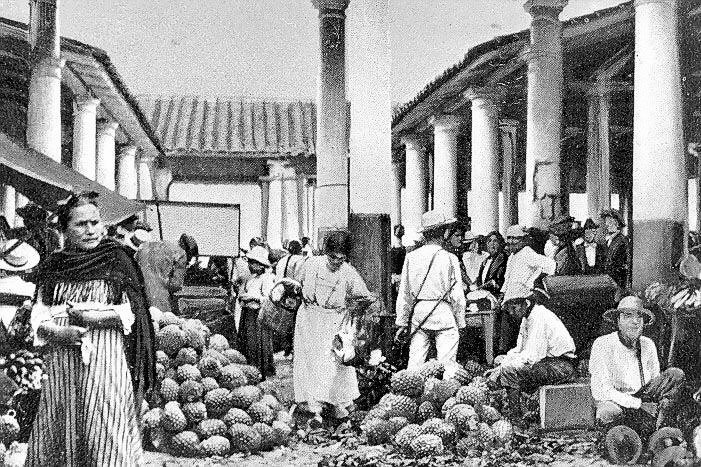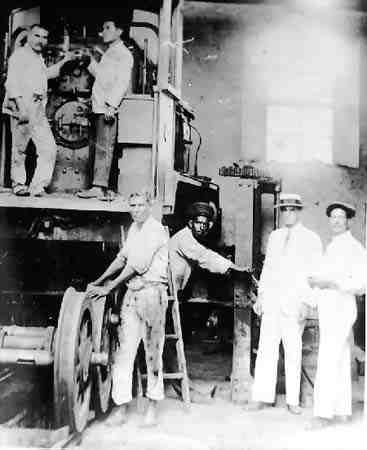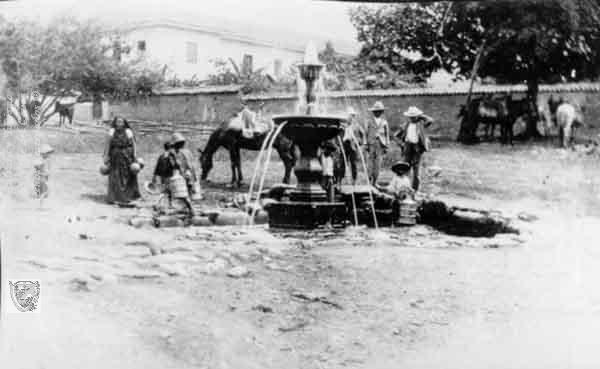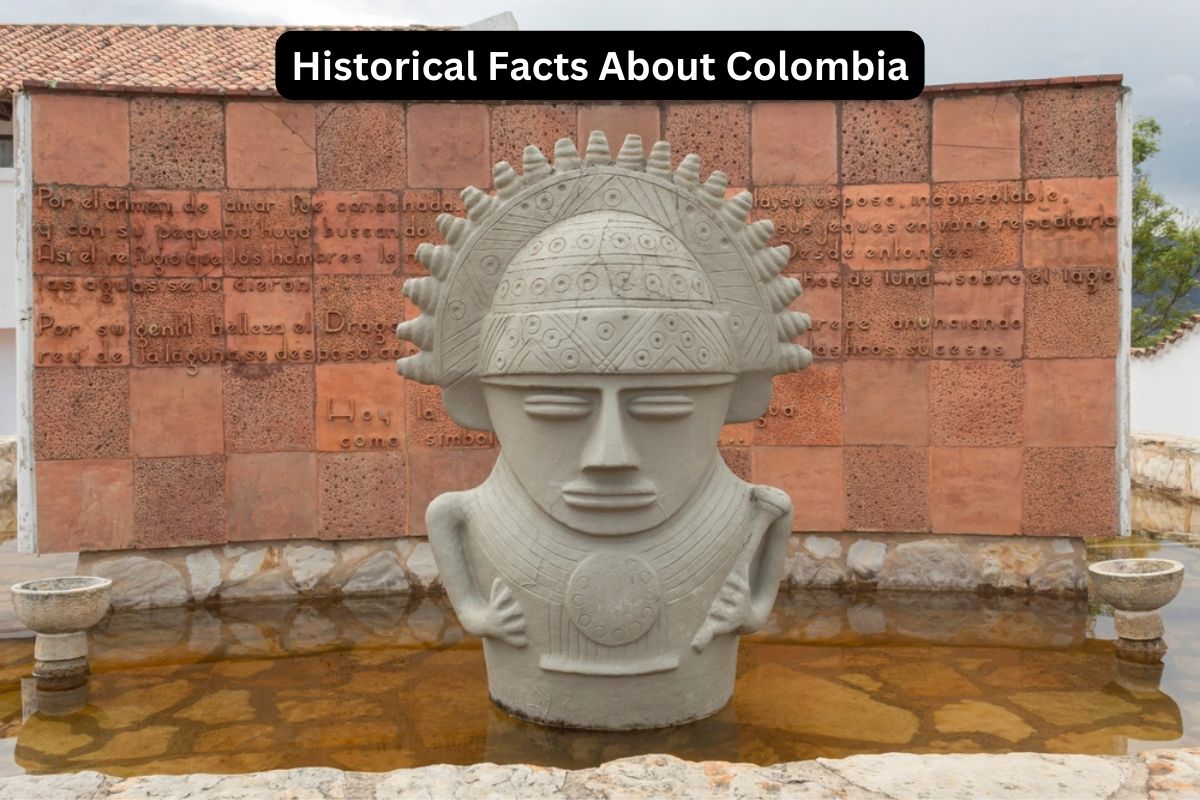Embark on a journey through Colombia’s captivating history, from ancient civilizations to modern challenges.
Discover some of the key events that illuminate Colombia’s past, including the legacies of pre-Colombian cultures, the impact of Spanish conquest, struggles for independence, and contemporary issues like drug trafficking and peace processes.
Join us as we explore Colombia’s rich cultural heritage and resilient spirit across the ages.
History of Columbia Facts
1. Pre-Colombian Civilizations
Before the arrival of the Spanish in the 16th century, Colombia was inhabited by various indigenous civilizations with advanced cultures.
Among these were the Muisca, who inhabited the highlands around present-day Bogotá and were known for their advanced metalworking skills and elaborate goldwork.
Also Read: Timeline of the History of Colombia
The Quimbaya civilization, located in the present-day departments of Quindío and Risaralda, is renowned for its intricate gold figurines and artifacts. The Tairona civilization, which flourished along the Caribbean coast, developed sophisticated agricultural terracing systems and intricate stone structures.

2. Spanish Conquest
Spanish exploration of Colombia began in the early 16th century, with expeditions along the northern coast.
In 1499, Spanish explorer Rodrigo de Bastidas became one of the first Europeans to explore Colombia’s Caribbean coast.
Also Read: Panama Canal Timeline
In 1536, Gonzalo Jiménez de Quesada led an expedition into the interior of Colombia, where he encountered the powerful indigenous Confederation of the Muisca.
After founding the city of Santa Fe de Bogotá (now Bogotá) in 1538, the Spanish quickly established control over the region, leading to the colonization and exploitation of indigenous peoples and resources.
3. Colonial Era
Colombia became part of the Spanish Empire as part of the Viceroyalty of New Granada, which also included present-day Ecuador, Venezuela, and Panama. During the colonial era, Colombia experienced significant social, economic, and cultural changes.
The Spanish imposed their language, religion (Catholicism), and customs on the indigenous population. The colony became an important source of wealth for Spain, with resources such as gold, silver, emeralds, and agricultural products being extracted and exported.
The colonial society was stratified, with Spanish colonists at the top, followed by mestizos (people of mixed Spanish and indigenous ancestry), indigenous peoples, and enslaved Africans at the bottom. This period laid the foundations for the cultural and ethnic diversity that characterizes Colombia today.
4. Independence
Colombia, like many other Latin American countries, fought for its independence from Spanish colonial rule in the early 19th century.
Influenced by Enlightenment ideals and inspired by independence movements in Europe and North America, Colombian patriots such as Simón Bolívar and Francisco de Paula Santander led the struggle for freedom.
The pivotal Battle of Boyacá on August 7, 1819, marked a significant victory for Colombian forces against the Spanish royalists and paved the way for the establishment of the Republic of Colombia, which encompassed present-day Colombia, Venezuela, Ecuador, and Panama.
On July 20, 1810, Colombia had declared its intention to be free and sovereign from Spanish rule, and the culmination of these efforts ultimately led to full independence from Spain in 1819.

5. Gran Colombia
Following independence, Colombia, Venezuela, Ecuador, and Panama united to form the Republic of Gran Colombia in 1819, with Simón Bolívar as its first president.
Gran Colombia was envisioned as a pan-American union that aimed to promote unity and cooperation among the newly liberated nations.
However, internal divisions and regional conflicts soon emerged, particularly between centralist and federalist factions. These tensions eventually led to the dissolution of Gran Colombia in 1831, resulting in the creation of separate independent nations, including present-day Colombia, Venezuela, Ecuador, and Panama.
Despite its relatively short existence, Gran Colombia remains a symbol of Latin American solidarity and the struggle for independence.
6. Civil Wars and Conflicts
Colombia has experienced numerous internal conflicts and civil wars throughout its history, often fueled by political, social, and economic factors. One of the most notable conflicts was the Thousand Days’ War (1899-1902), a devastating civil war between liberal and conservative factions that resulted in widespread destruction and loss of life.
Another significant period of violence was “La Violencia” (The Violence), which erupted following the assassination of liberal leader Jorge Eliécer Gaitán in 1948. This period of political violence and unrest lasted for over a decade and claimed the lives of hundreds of thousands of Colombians.
The emergence of guerrilla groups, such as the Revolutionary Armed Forces of Colombia (FARC) and the National Liberation Army (ELN), as well as paramilitary organizations, further contributed to Colombia’s cycle of violence and instability throughout the 20th century and into the 21st century. These conflicts have had profound and lasting effects on Colombian society, shaping its politics, economy, and culture.

7. The Colombian Exchange
The Colombian Exchange refers to the widespread exchange of plants, animals, culture, technology, and ideas between the Americas and the rest of the world following Christopher Columbus’s arrival in the Americas in 1492.
Colombia played a significant role in this exchange due to its diverse ecosystems and rich biodiversity. The introduction of new crops such as maize, potatoes, tomatoes, and cacao from the Americas had a transformative impact on global agriculture and diets.
Conversely, Old World crops such as wheat, sugarcane, and citrus fruits were introduced to the Americas. The exchange also facilitated the spread of diseases, leading to devastating consequences for indigenous populations in the Americas.
8. Drug Trafficking
Colombia gained international notoriety in the late 20th century and early 21st century as a major producer and exporter of illegal drugs, particularly cocaine.
The rise of drug trafficking in Colombia can be traced back to the 1970s when Colombian traffickers began exporting cocaine to the United States and Europe on a large scale.
Powerful drug cartels, such as the Medellín Cartel led by Pablo Escobar and the Cali Cartel, emerged as dominant players in the global drug trade, accumulating vast wealth and power.
The Colombian government, with assistance from the United States, launched efforts to combat drug trafficking through military operations, extradition of cartel leaders, and anti-narcotics programs.
While these efforts have had some success in reducing drug production and trafficking, Colombia continues to grapple with the challenges posed by organized crime and illicit drug trade.
9. Peace Process
Colombia has been plagued by internal armed conflict for decades, primarily involving guerrilla groups, paramilitary organizations, and government forces.
One of the most significant milestones in Colombia’s recent history is the peace process with the Revolutionary Armed Forces of Colombia (FARC), the country’s largest rebel group.
Negotiations between the Colombian government and the FARC began in Havana, Cuba, in 2012 and culminated in a historic peace agreement signed in 2016. The agreement aimed to address key issues such as land reform, political participation, drug trafficking, and transitional justice.
While the peace agreement marked a significant step towards ending the armed conflict, its implementation has faced challenges, including political opposition, security concerns, and delays in fulfilling the terms of the agreement. Nonetheless, the peace process represents a hopeful path towards reconciliation and lasting peace in Colombia.
10. Cultural Heritage
Colombia boasts a rich and diverse cultural heritage shaped by its indigenous, African, European, and Caribbean influences. Colombian culture encompasses a wide range of traditions, customs, music, dance, cuisine, and festivals that reflect the country’s multicultural identity.
Traditional Colombian music genres such as cumbia, vallenato, and salsa are celebrated both domestically and internationally. Colombian cuisine is known for its variety of flavors and ingredients, with dishes like arepas, bandeja paisa, and sancocho gaining popularity worldwide.
Festivals and celebrations, such as the Carnaval de Barranquilla, the Feria de Cali, and the Festival de la Leyenda Vallenata, showcase Colombia’s vibrant cultural diversity and artistic expression.
Additionally, Colombia is home to numerous UNESCO World Heritage Sites, including the historic centers of Cartagena and Bogotá, the archaeological park of San Agustín, and the coffee cultural landscape of the Colombian Andes, which highlight the country’s rich history and natural beauty.
